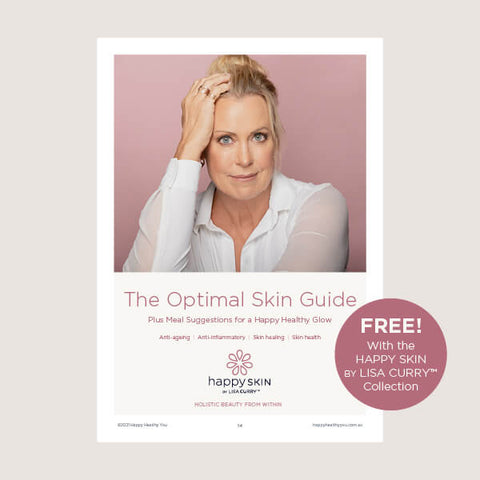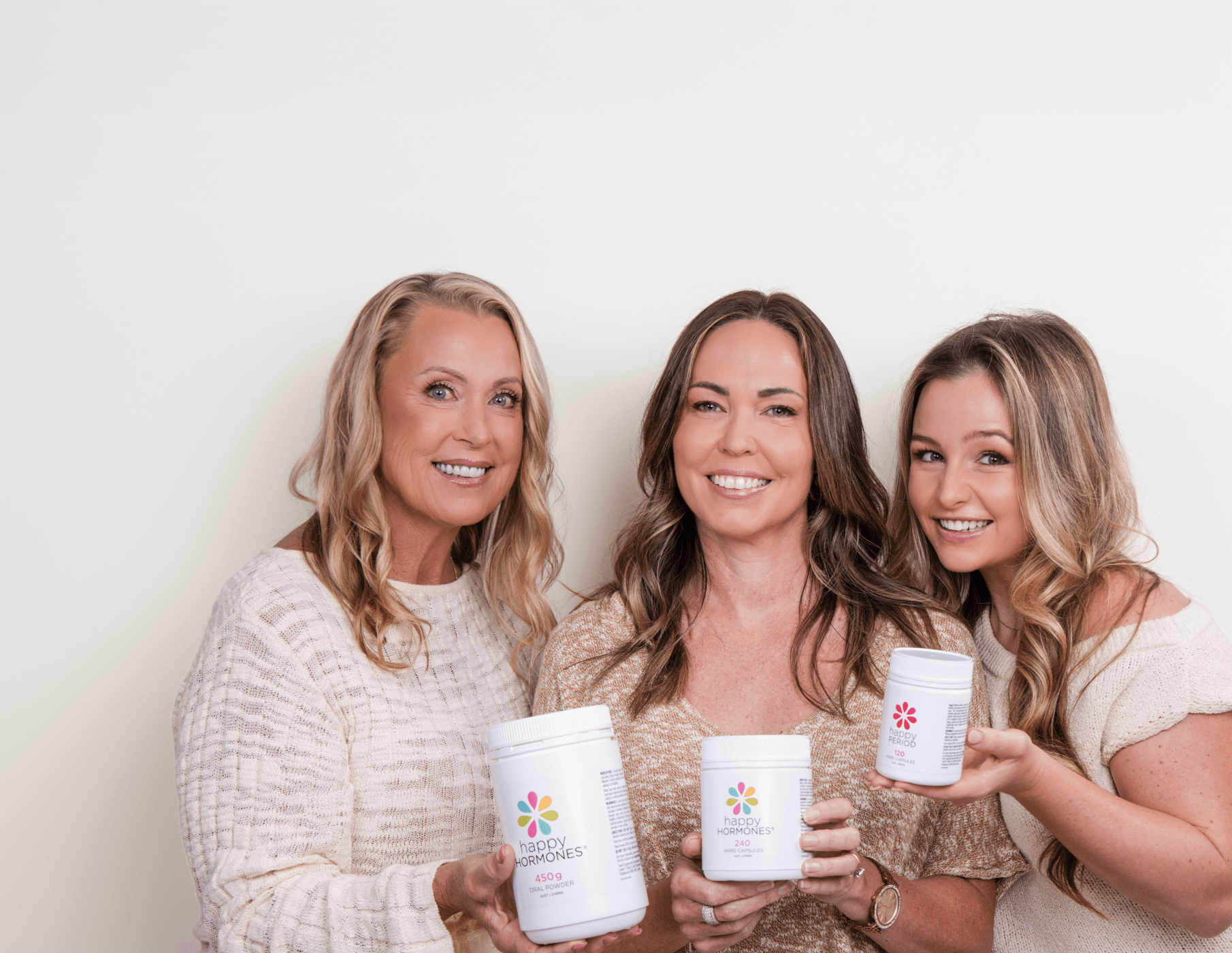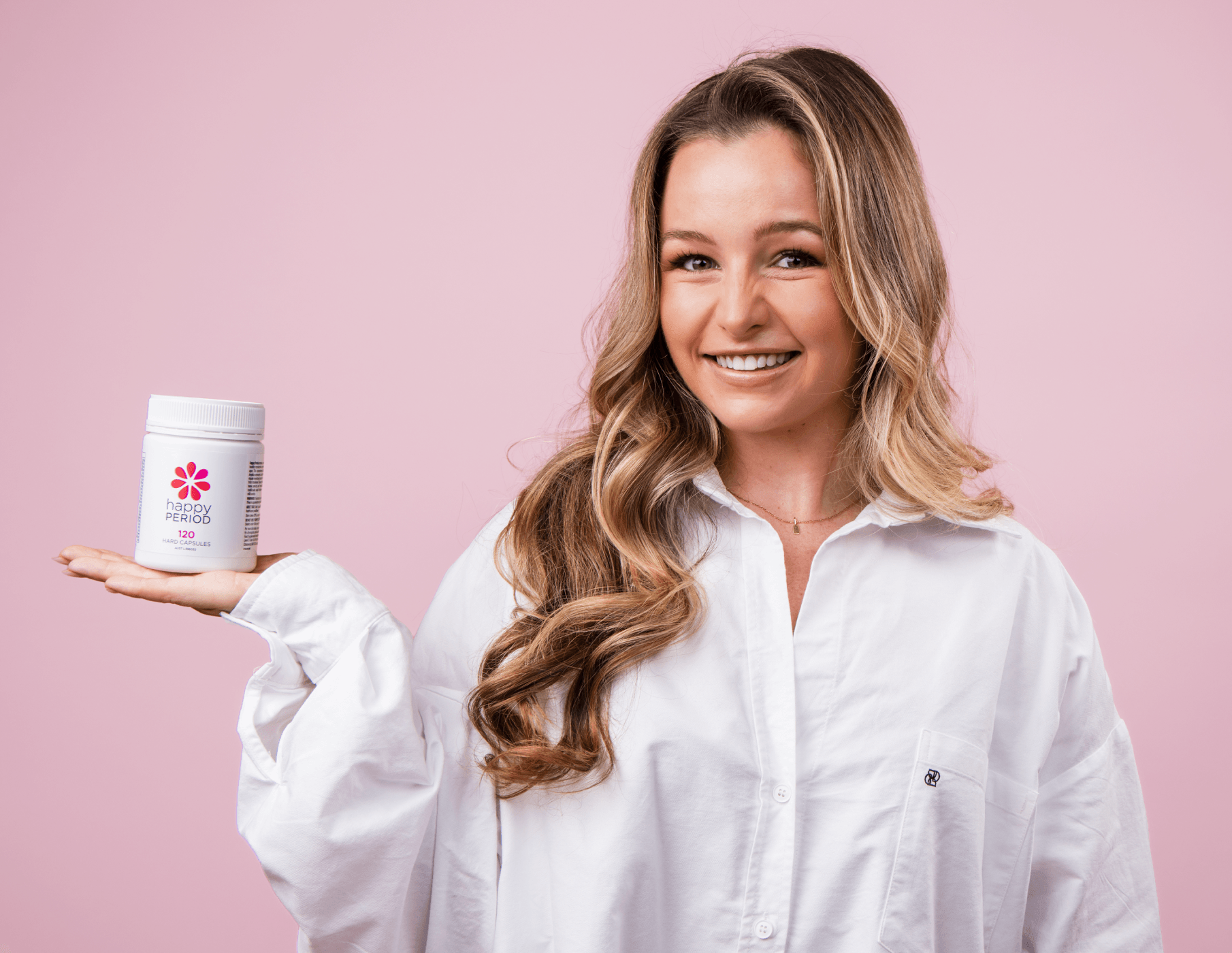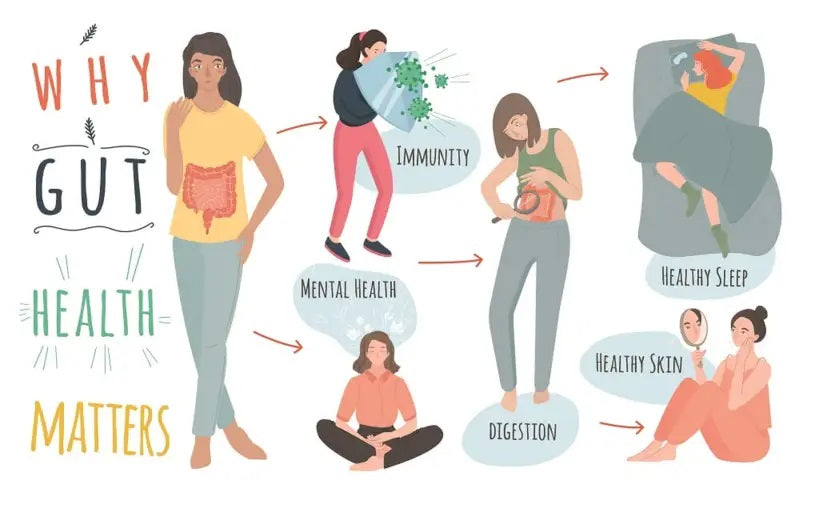8 Ways to Reduce Under-Eye Bags
By Renee Grandi

In every person’s life, there’s that moment when you wake up and realize that there are bags under your eyes. It can be quite a shocking moment – Wait, what!? When did this happen? – as if it was almost overnight. Fortunately, it’s not just induced with aging but there could be some other underlying factors to consider.
Underlying factors for dark and puffy eyes
- Iron deficiency and anaemia
- Nutrient deficiencies, especially Vitamin B12 and A
- Poor lymphatic circulation and oedema
- Blood sugar dysregulation
- Gut dysbiosis, gastric dysfunction or digestive issues, including food intolerances
- Medication, particularly the oral contraceptive pill, HRT, ocular hypotensive drugs and antipsychotics
- Smoking
- Increased alcohol intake
- Poor sleep quality or late onset
- Mould
- Dehydration
- Chronic fatigue and low moods
- Stress
- Eye strain from excessive screen time
- Allergies and atopic dermatitis
- Thyroid imbalances
- Trauma to the area
- Poor quality make-up, particularly eyeliner
‘Puffy eyes’ aka periorbital puffiness has been associated with soft tissue swelling, oedema in the orbital septum and poor circulation surrounding the palpebral veins. Puffy eyes and the feeling of increased under-eye thickness are also a consequence of poor blood flow. The key here is to determine why.

What are your under eyes trying to tell you?
Blue, pink or purple eye bags are linked to lowered vascular integrity and increased blood vessel concentration, whereas hyperpigmentation changes can be associated with structural integrity and skin membrane health. Often, both structural and vascular issues can be intertwined, forming a nice little concoction of discoloration.
Research has shown links between iron deficiency, anaemia, and low vitamin B12 levels and eye bag discoloration. Are you prone to low iron? Perhaps, this is your body telling you something. Low hemoglobin depletes the oxygen supply in the periorbital area leading to bags under your eyes.
If you’re like most people living in the western 21st century, you’re probably also exposed to chronic screen time so it really is important to limit exposure. Negative habits such as smoking, sleep deprivation, and prolonged exposure to bright screens can contribute to dark circles due to the stasis of blood vessels.
If you’ve been in a chronic state of inflammation, this has been shown to influence your eyelid integrity. There are also links between PMS, irregular menses, blood sugar dysregulation and heightened stress. As you can see, this truly is a multifactorial condition and it’s your body's way of showing it needs extra support and nourishment.
Moving forward
- Ensure nutrient deficiencies and underlying imbalances are thoroughly investigated
- Focus on improving cardiovascular integrity
- Support collagen production and reduce eye laxity
- Reduce stressors and improve sleep quality
- Support inflammation, liver health and blood cleansing with Happy Turmeric and Happy Greens
8 Natural Ways to Support Healthy Under Eyes
-
Cold compresses
This is great as it supports the vascular integrity around the eye area, preventing inflammation and vasoconstriction. The dilation of blood vessels under the eye and associated inflammatory compounds increase puffiness, discolouration and poor lymphatic drainage. This is great to do in the mornings to give you an extra glow.
-
Iced or cold tea bags
This has the same effect as the cold compresses. Personally, I like to freeze used teabags immediately after they’ve been infused (my faves are rosehip, chamomile, green, red raspberry leaf and peppermint). They are so lovely and refreshing in the morning – try implementing this routine after your morning exercise or shower. I love adding tea bags to my eyes when I’m in Viparita Karani pose doing deep breathing exercises. Cold cucumbers are fantastic options, too.
-
Facial ice baths
Need something to really wake you up in the morning? This is great when you’re feeling like a bus has hit you right in the face. Simply add a tray of ice cubes to a big glass mixing bowl, add in some water and gently submerge your face. The times will vary on your ability to hold your breath. You can do this 3 times in a row, starting with 10-15 seconds each time and working your way up. You can aim to do this for 3-5 minutes each day. It's great after a shower when your blood vessels have been dilated with warm water. This is an especially healing practice for those with acne, puffy and premature aging skin. Better yet, you can have pre-made iced tea ready to go in the morning for an extra nutrient boost. Gemstone facial rollers
-
Gemstone facial rollers
Facial massages stimulate local blood flow stimulation and vascular dilatation. Regular facial massages enhance the supply of oxygen and nutrients to local cells in addition to promoting waste removal and detoxification. This is ideal to reduce swelling and inflammation and improve detoxification and collagen production. We love using a gemstone facial roller and gua sha tools for optimal skin benefits!
-
Nutritionally support collagen production, cardiovascular integrity, blood sugars, skin quality and reduce inflammation
We’ve formulated the Optimal Skin Guide to specifically nourish the skin's quality, texture, suppleness and glow with scientifically backed literature. This program is designed by our nutritionists and naturopaths for optimal skin health and integrity. In this program, you’ll learn how to optimize nutrition for skin health and reduce inflammation with an achievable step-by-step plan.
The Optimal Skin Guide will help to balance blood sugars and dermal immunity by cleansing the blood so you can glow from the inside out.
-
Support lymphatic detoxification and facial blood flow
In the Optimal Skin Guide, you’ll learn lifestyle hacks to enhance healthy skin, detoxification, and immunity; you’ll also familiarize yourself with what to avoid. This program utilises hydrotherapy, dry brushing, facial massage, facial flower steams, and DIY facial mask recipes for skin nourishment. When you incorporate daily facial supportive practices, your eye-bags will thank you!
-
Ensure high-quality sleep
Unfortunately, there is no pill or supplement to get out of this one. It’s vital to focus on sleep onset, quality and waking up feeling refreshed. This is key for reducing eye-bags and inflammation as well as improving overall health. Our FREE downloadable Sleep Report can help you with all these!
-
Avoid excessive screen exposure
Do you work behind a computer all day, only to find yourself behind another screen at home? Screens put pressure on your eyes, eye muscles, and surrounding blood vessels. Be sure to take regular breaks away from the screen, do regular eye exercises, implement blue light filter glasses and limit screen time as much as possible. It’s not only great for your eyes but also for mental health, sleep, and posture.
If you feel you need extra support in managing underlying health conditions, try taking our free online health assessment or book an appointment with one of our nutritionists or naturopaths in the HHY online clinic. It’s important to find the root cause of your imbalances, so you can be a Happy, Healthy, YOU!
In Short: Natural Ways to Reduce Under-Eye Bags
Under-eye bags, puffiness, and dark circles can be caused by nutrient deficiencies, poor circulation, dehydration, lack of sleep, allergies, or lifestyle factors. The good news is there are many safe and effective natural remedies for under-eye bags that support vascular health, collagen production, and skin integrity—helping you look refreshed and radiant.
Key Takeaways
- Underlying causes – Low iron, vitamin deficiencies, poor lymphatic circulation, stress, thyroid imbalance, and excessive screen time can worsen puffiness and dark circles.
- Cold therapy – Cold compresses, tea bags, cucumbers, and even facial ice baths reduce inflammation and improve circulation under the eyes.
- Facial massage – Gemstone rollers and gua sha tools stimulate lymphatic drainage, boost oxygen delivery, and support collagen production.
- Nutritional support – A nutrient-dense, anti-inflammatory diet plus supplements like Happy Greens and Happy Turmeric strengthen skin and blood vessels.
- Lifestyle changes – Improve sleep quality, reduce stress, stay hydrated, and limit alcohol, smoking, and late nights.
- Screen management – Reduce screen exposure, use blue light glasses, and take regular breaks to prevent eye strain and vascular congestion.
- Skin-focused programs – Resources like the Optimal Skin Guide provide nutrition, detox, and lifestyle hacks for long-term skin vitality.
Reducing puffy eyes and dark circles naturally requires a mix of better sleep, nutrient support, circulation boosters, and healthy skin habits for long-lasting results.
REFERENCES
Agrawal S. (2018). Periorbital Hyperpigmentation: Overcoming the Challenges in the Management. Nepal Journal of Dermatology, Venereology & Leprology, 16(1):2.
Huang YL, Chang SL, Ma L, Lee MC, Hu S. (2013). Clinical analysis and classification of dark eye circle. International Journal of Dermatology, Feb;53(2):164-70.
Kartha NS & Kunjukunju BP. (2020). A Clinico Epidemiological Study of Periocular Hyperpigmentation. Journal of Evolution of Medical and Dental Sciences, 9(09):687-691.
Mendiratta V, Rana S, Jassi R, Chander R. (2019). Study of Causative Factors and Clinical Patterns of Periorbital Pigmentation. Indian Dermatology Online Journal, 10(3):293-295.
Moeini et al. (2015). Review of stomach-related eye diseases from traditional medicine perspective. International Journal of Life Sciences, 9(2):14-17.
Sarkar et al. (2016). Periorbital Hyperpigmentation: A Comprehensive Review. The Journal of clinical and aesthetic dermatology, Jan;9(1):49-55.
Sheth PB, Shah HA, Dave JN. (2014). Periorbital hyperpigmentation: a study of its prevalence, common causative factors and its association with personal habits and other disorders. Indian journal of dermatology, Mar;59(2):151-7.








Leave a comment
This site is protected by hCaptcha and the hCaptcha Privacy Policy and Terms of Service apply.